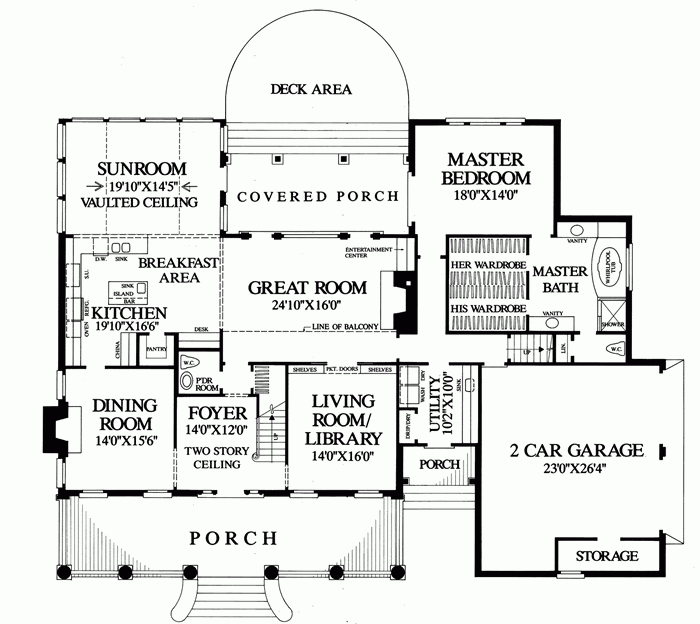Do you have different zones for your oil heat? Use pellet stove to heat part of your house and use oil to heat rest.
Last year we put in 2 pellet stoves different sides of our main level of our house and a new free standing wood burning stove in the basement. The two pellet stoves we bought were used.
Due to the layout of our house which is not open but with doors and hallways, one pellet stove would not do the whole house. One side would have done most of the house but not the kitchen side.
We used 800-900 gallons of oil in past years and are stingy on heat keeping house at 66 and it has separate oil burner for hot water.
This year we bought 5.4 tons of pellets. Our main floor of our house is warmer at 72 than we kept it with oil. Bedrooms upstairs are bit cooler. We do use upstairs zone for heat when it is really cold but keep it set at 60. Paying $1500 for pellets is much better than $4K for oil plus service, and a cord of firewood. We did drop our oil contract and service plan so that is an offset.
Our costs for heat this year will be half of what it would have been with straight oil with main living area being warmer and bedrooms a bit cooler.
Depends on how quickly you want to see a return and what the price of oil and pellets does in the future. How long you expect to be in your house? Your oil costs are higher so your potential savings could be greater. I don't think the 25% savings figure you used is accurate in our house and we burn premium pellets.
One consideration we should have thought about is the noise. Some stoves are loud and depending on what room it is can be annoying.
Did you shop around for a price on your possible stove and install?
We have multiple zones, so that will help. We've shopped around and have received one firm quote at around $7600 and another estimate between $7100 and $8000 depending on installation of flue. The Accentra (52i) is one of the inserts we are considering. How noisy is yours?



 It looks like a hard nut to crack!
It looks like a hard nut to crack!